Politics
George Floyd’s Last Words Were Flown on Banners Over Cities Across America as a Rapid-Response Public Art Project
The project was the work of Dallas-based artist Jammie Holmes.
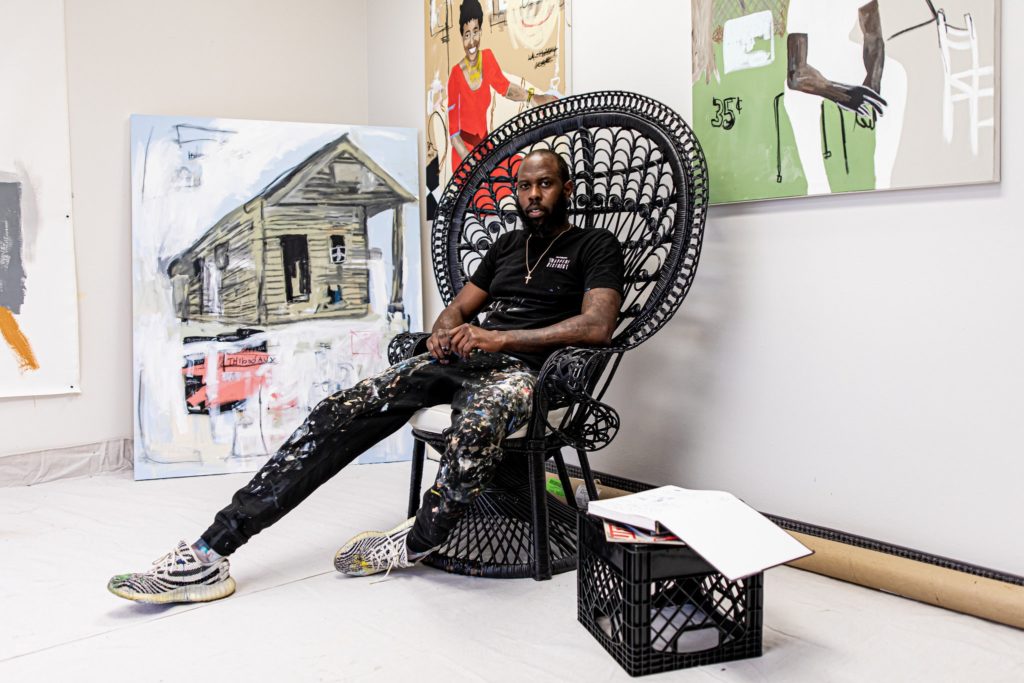
The project was the work of Dallas-based artist Jammie Holmes.

Sarah Cascone

As activists staged demonstrations across the US on Saturday, protesting the murder of George Floyd and the many black people before him killed at the hands of police, artist Jammie Holmes took to the skies, hiring airplanes to fly banners featuring Floyd’s last words over Detroit, Miami, Dallas, Los Angeles, and New York.
The art piece, titled They’re Going to Kill Me, was something of a departure for Holmes. The 36-year-old is known for his figurative painting inspired by his experiences as a black man in the US. But Floyd’s words spoke for themselves, no imagery needed.
“Please, I can’t breathe.” “My stomach hurts.” “My neck hurts.” “Everything hurts.” “They’re going to kill me.” That’s what Floyd said in his final moments, his neck pinned under Minneapolis police officer Derek Chauvin’s knee for over eight minutes.
Repurposing these words as a work of art “underlines a need for unity and the conviction that what happened to George Floyd is happening all over America,” Holmes said in a statement.

Jammie Holmes, They’re Going to Kill Me (New York City), 2020. Photo courtesy of the artist and Library Street Collective.
With his gallery, Detroit’s Library Street Collective, Holmes hired the planes to fly overhead nearly all day, from 11:30 a.m. to 9 p.m. EST. The entire project was planned and executed in less than 48 hours.
The artist chose the unusual medium because airplane banners are usually used by corporations to promote their products, or wealthy people looking for a flashy marriage proposal. “It is rarely used for political or social purposes—to exercise free speech—because it is an outlet unavailable to the poor and marginalized,” Holmes explained. “I hope that people will be reminded of the power we can have to be heard and that coming together behind a unified message is key for real change.”
The Louisiana-born artist, whose work has been collected by the likes of Lenny Kravitz and Beth Rudin DeWoody, resisted formal training and painted on the side during four years in the army and 14 years working in an oil field. But after moving to Dallas in 2016, he realized he could make a living with his art full-time last year.
“Like countless silenced and fearful young black men, I have been the victim of police misconduct on a number of occasions in my life,” Holmes added. “At some point, they will realize they can’t kill us all.”
See more photos of the demonstration below.

Jammie Holmes, They’re Going to Kill Me (New York City), 2020. Photo by Sue Kwon, courtesy of the artist and Library Street Collective.
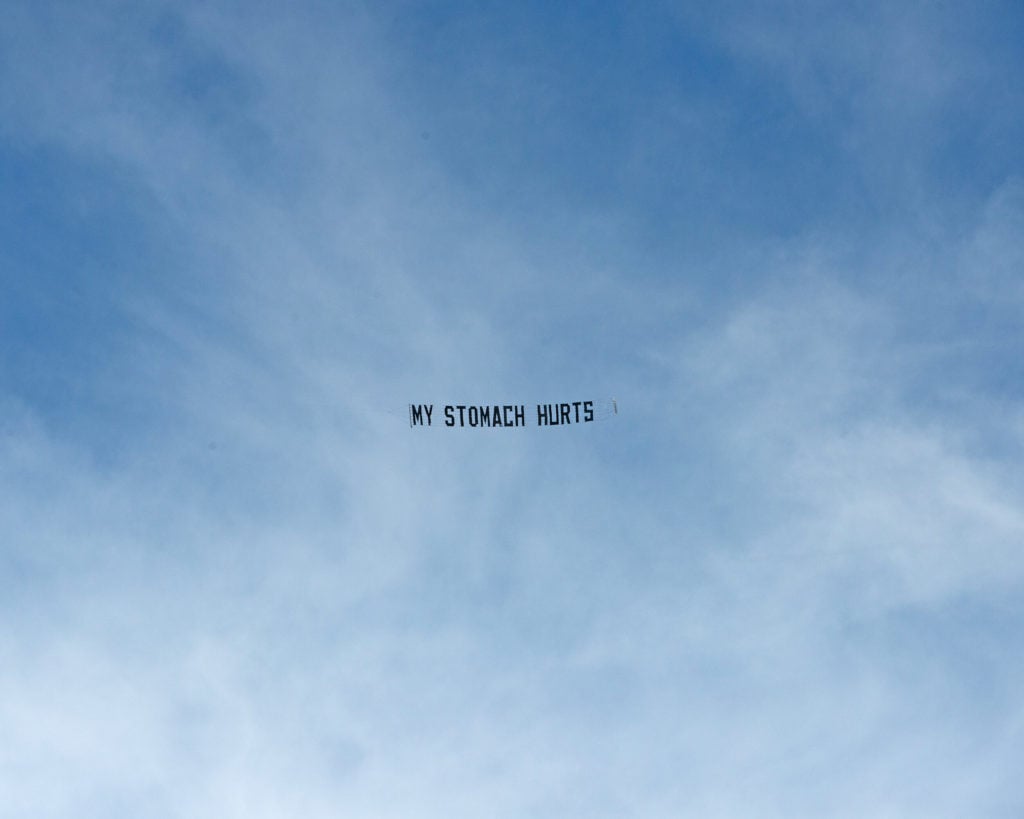
Jammie Holmes, My Stomach Hurts (Miami), 2020. Photo courtesy of the artist and Library Street Collective.
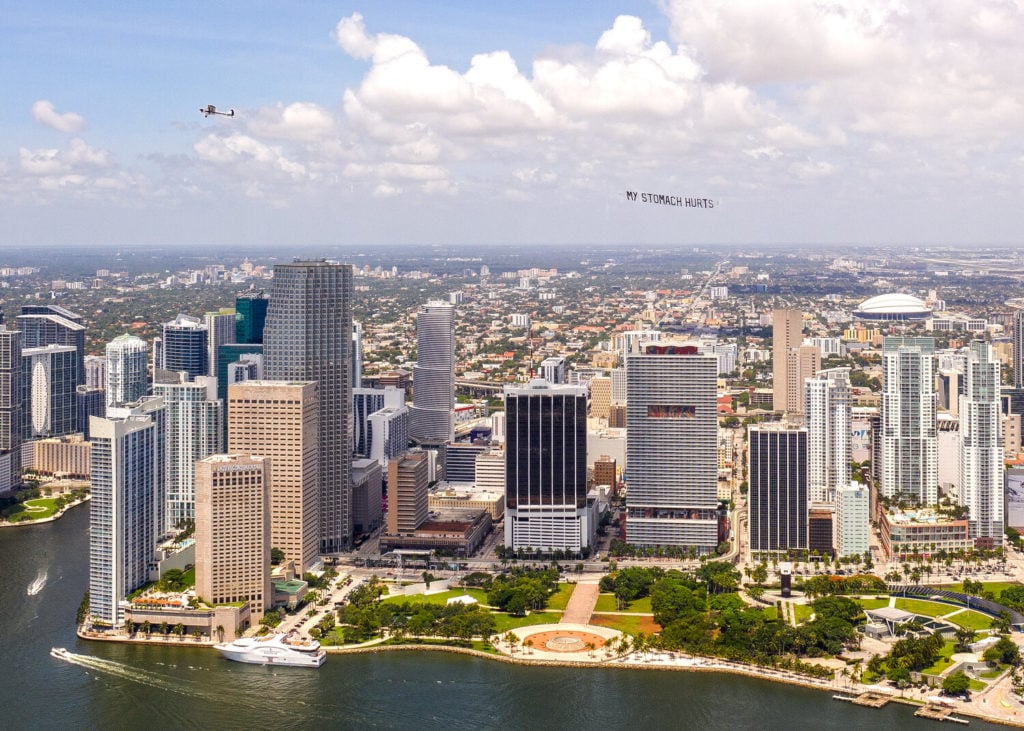
Jammie Holmes, My Stomach Hurts (Miami), 2020. Photo by Andre De Aguilar, courtesy of the artist and Library Street Collective.
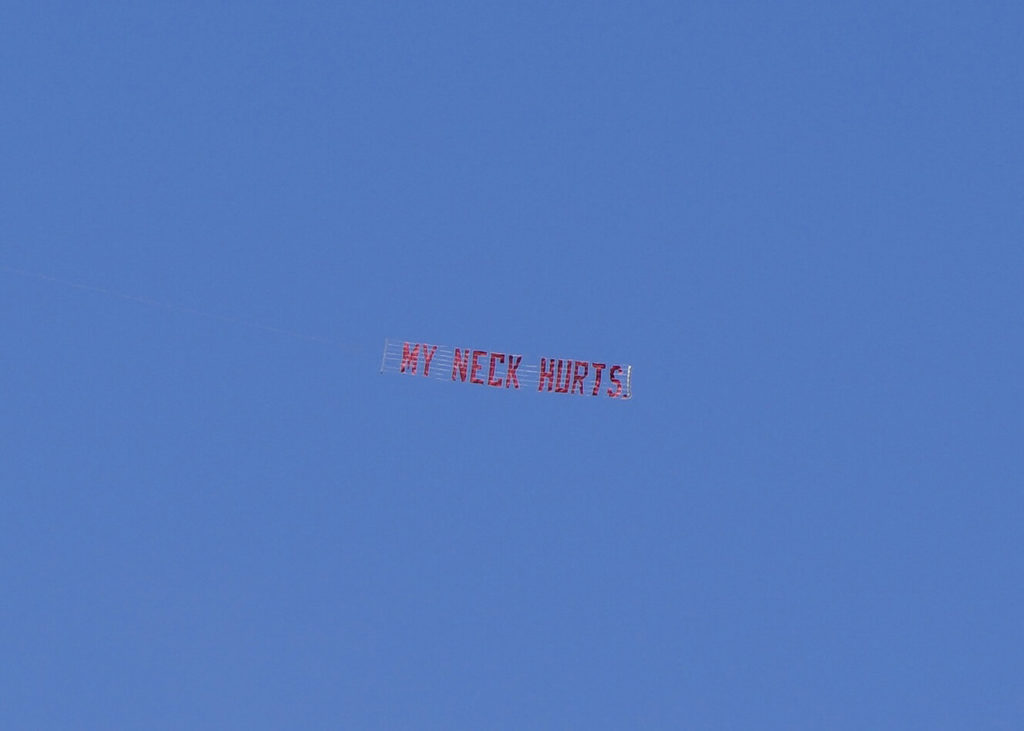
Jammie Holmes, My Neck Hurts (Dallas), 2020. Photo courtesy of the artist and Library Street Collective.
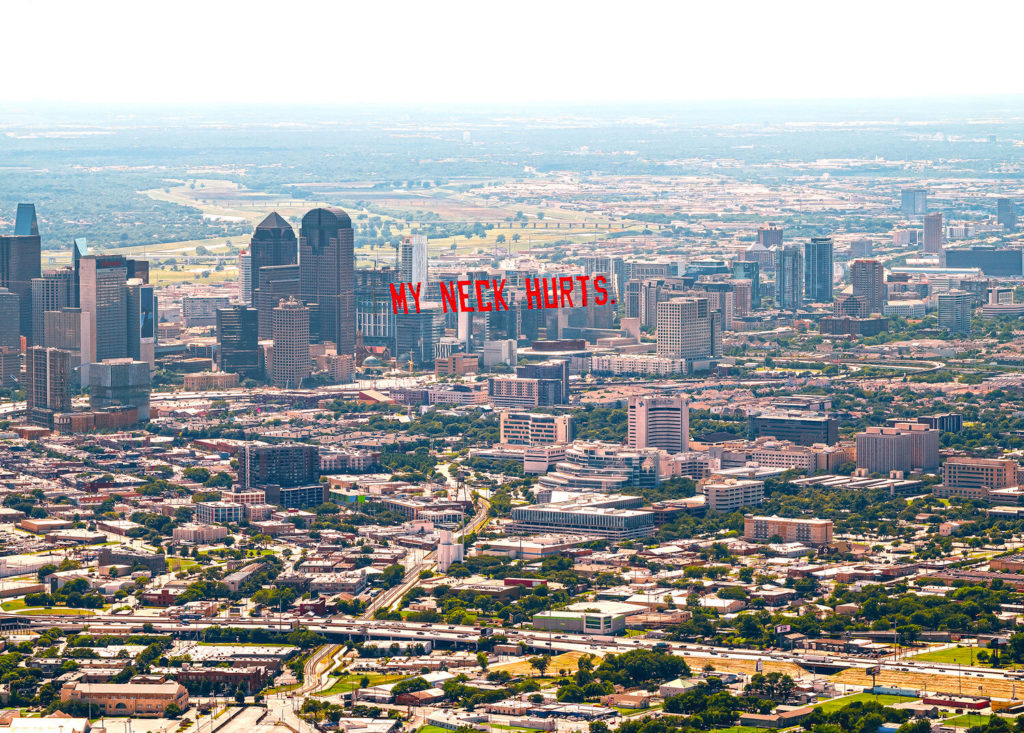
Jammie Holmes, My Neck Hurts (Dallas), 2020. Photo by Mark LaBoyteaux, courtesy of the artist and Library Street Collective.
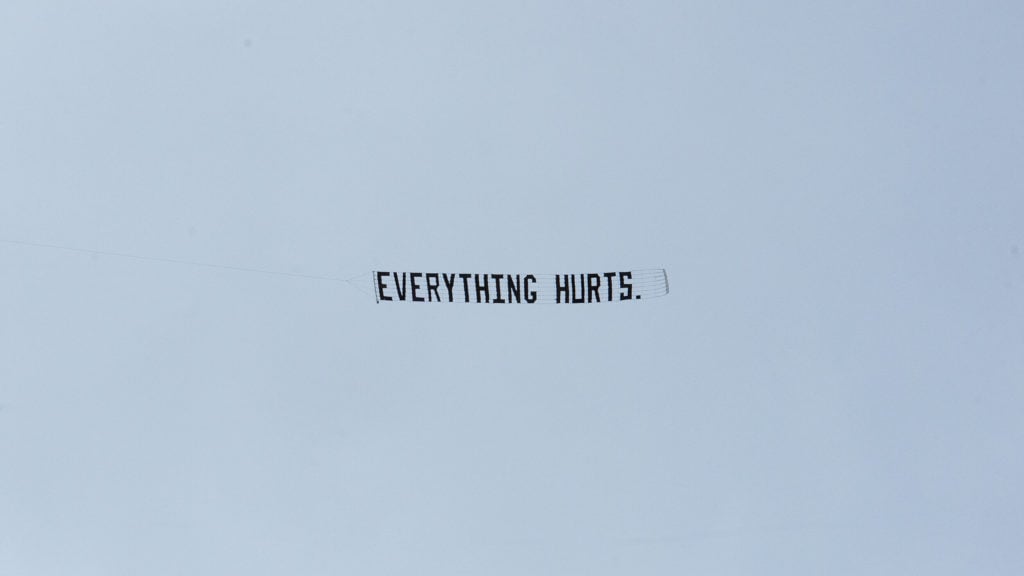
Jammie Holmes, Everything Hurts (Los Angeles), 2020. Photo courtesy of the artist and Library Street Collective.
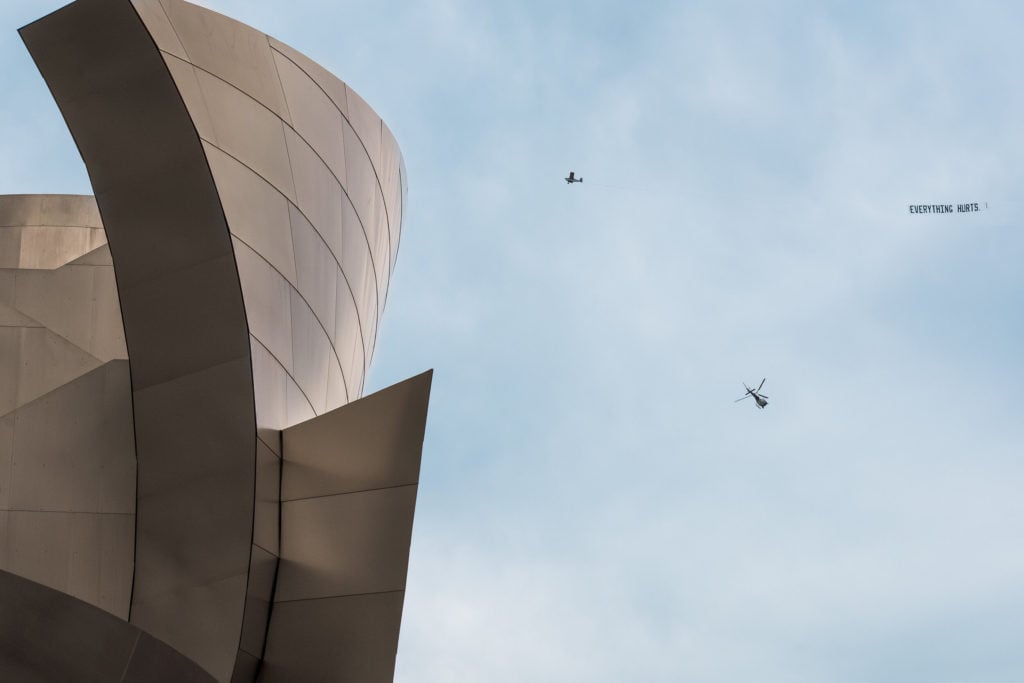
Jammie Holmes, Everything Hurts (Los Angeles), 2020. Photo by Ricky Fabrizio, courtesy of the artist and Library Street Collective.

Jammie Holmes, Please I Can’t Breathe (Detroit), 2020. Photo courtesy of the artist and Library Street Collective.

Jammie Holmes, Please I Can’t Breathe (Detroit), 2020. Photo by Hayden Stinebaugh, courtesy of the artist and Library Street Collective.